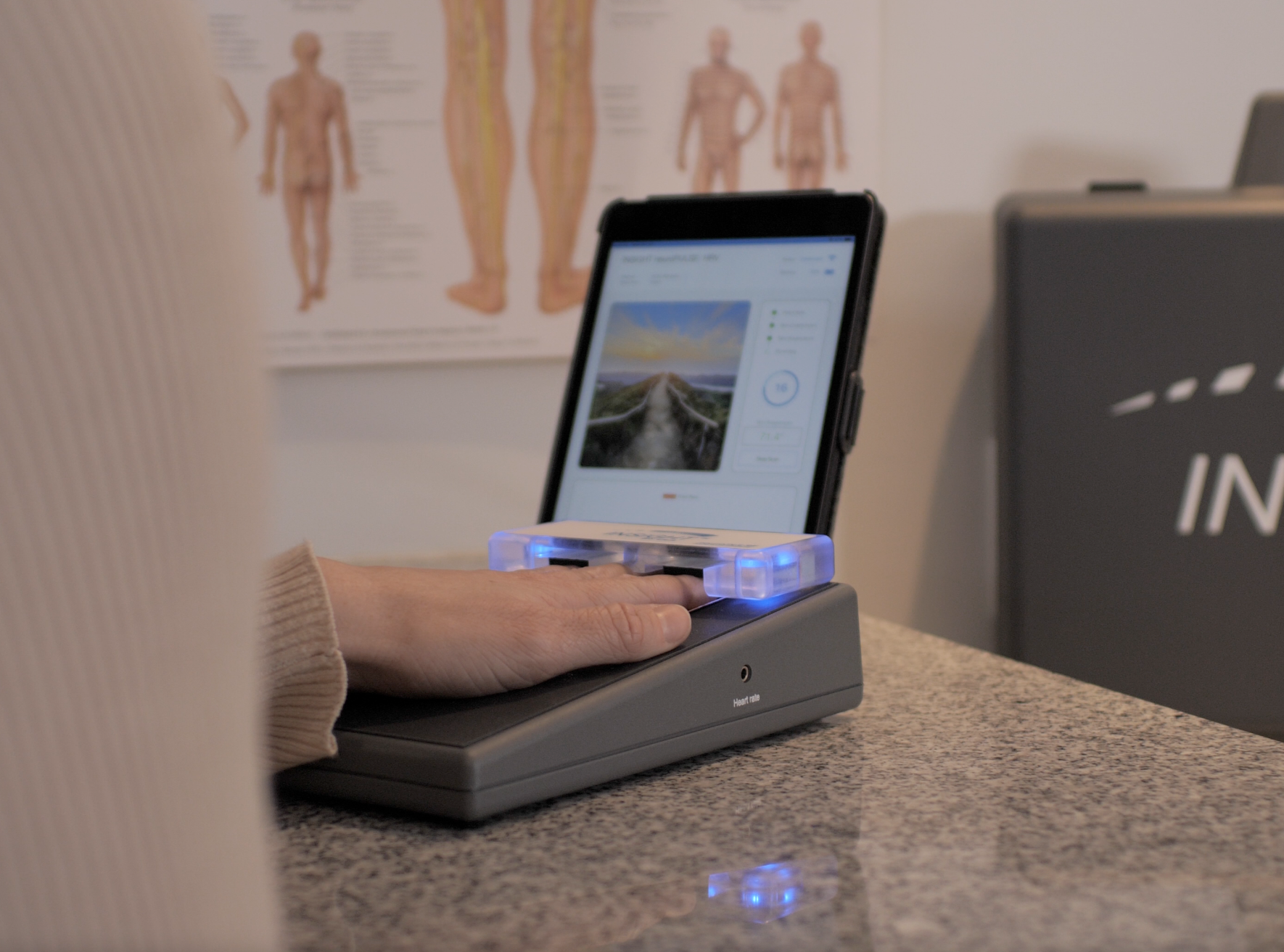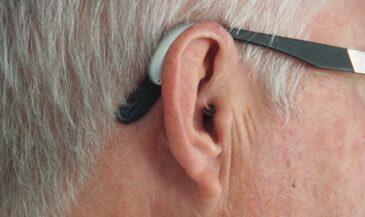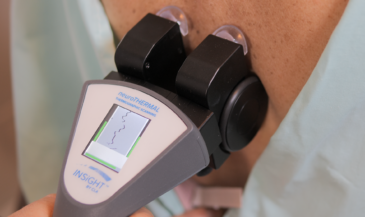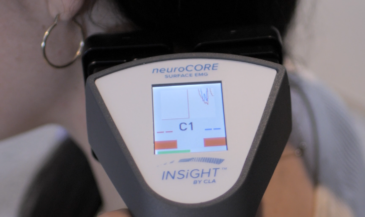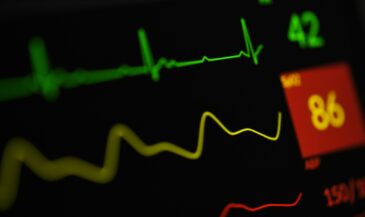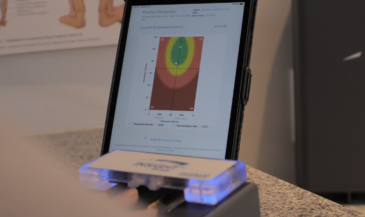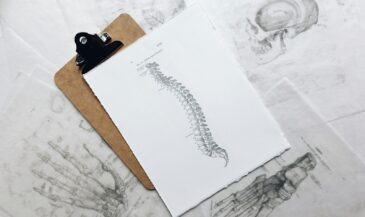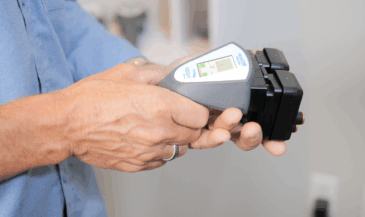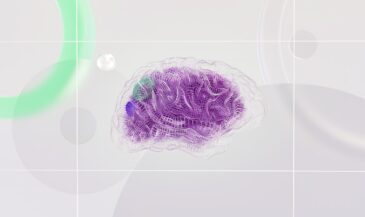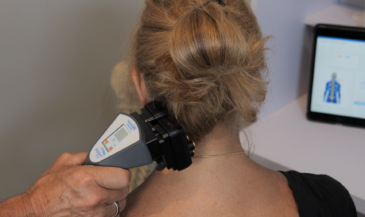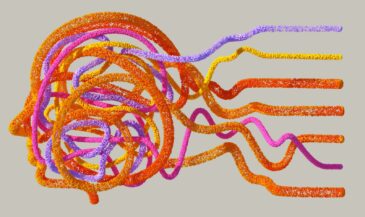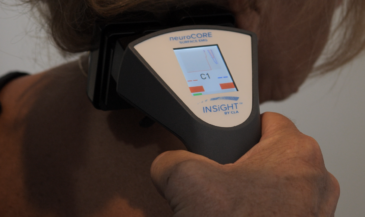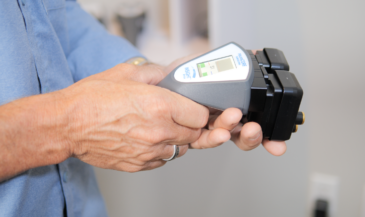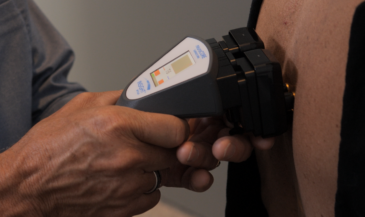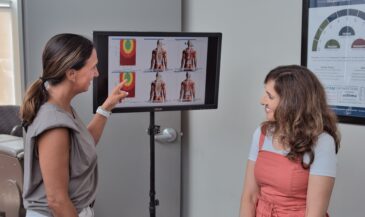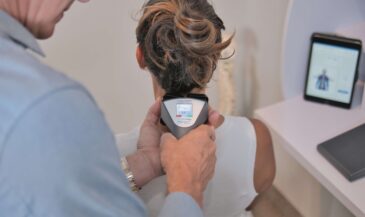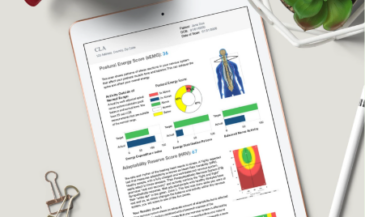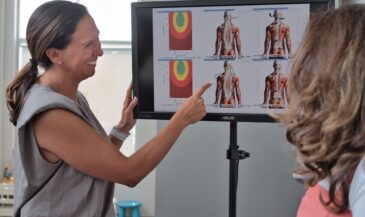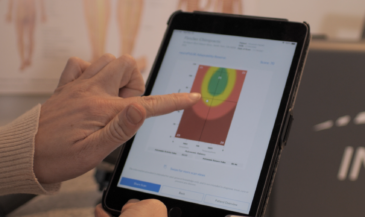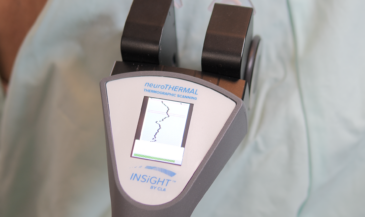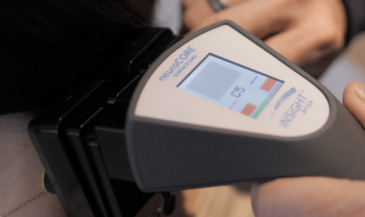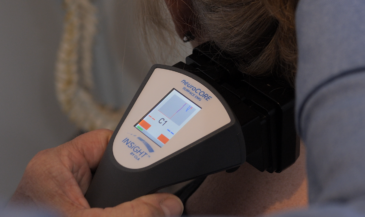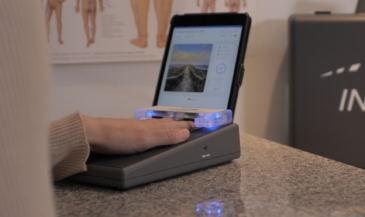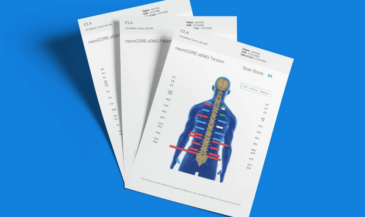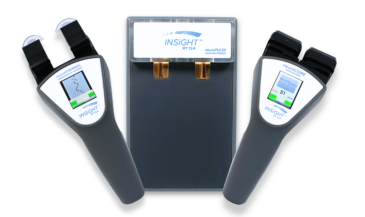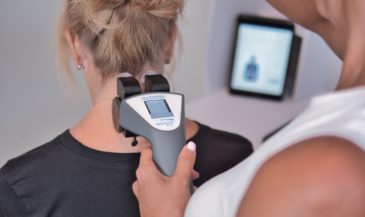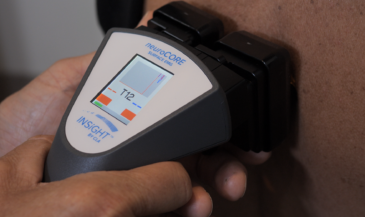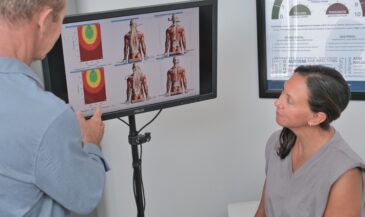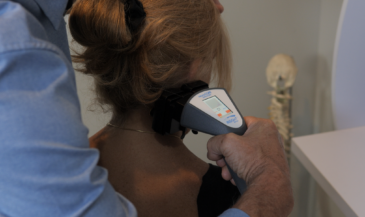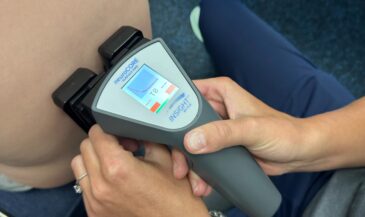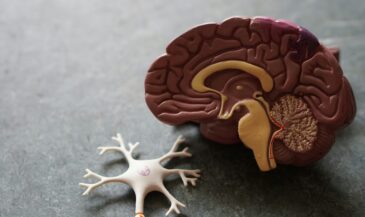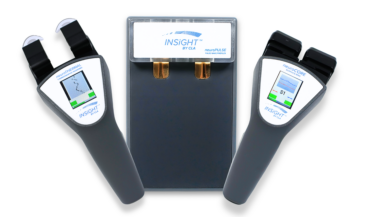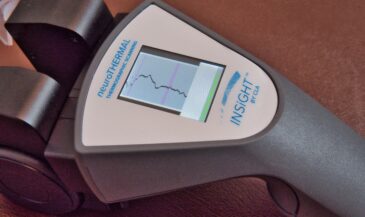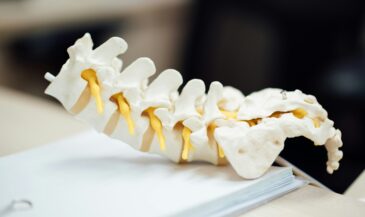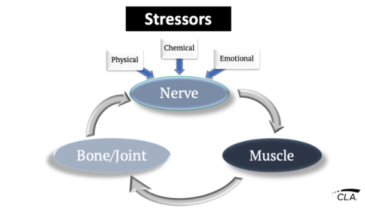Part 2 in The Destructive D series
When we consider health, we often think of visible signs like pain, posture, or even physical fitness. However, much of what determines our health and well-being occurs beneath the surface, within the intricate workings of the nervous system. One such hidden process is Dysponesis—a term that describes abnormal, involuntary neuromuscular activity that can disrupt the body’s natural state of balance and energy expenditure.
What is Dysponesis?
Dysponesis is a condition characterized by errors in energy expenditure due to inappropriate and inefficient nerve activity. Unlike conditions that produce obvious symptoms like pain or immobility, Dysponesis operates more subtly, often going unnoticed until its effects have significantly accumulated. These errors can lead to unnecessary energy use, stress on the nervous system, and a host of other health issues over time.
In the context of chiropractic care, Dysponesis is an essential concept because it reflects the body’s response to vertebral subluxations—misalignments in the spine that cause nerve interference. These subluxations disrupt normal communication between the brain and body, leading to the covert but chronic neurological errors that define Dysponesis.
The Role of Dysponesis in Health
Dysponesis can be thought of as a silent saboteur of health. Living in a constant gravitational field “costs” the body an enormous amount of neuromuscular energy. Postural and vertebral misalignments slowly erode the body’s efficiency and resilience. As these neuromuscular errors accumulate, they create a feedback loop of dysfunction that can lead to more serious health problems over time, including fatigue, and reduced adaptive capacity.
One of the most concerning aspects of Dysponesis is its ability to drain the body’s energy reserves. As the nervous system becomes bogged down with unnecessary neuromuscular activity, it has less energy available for healing, growth, and adaptation. This diminished energy reserve can make the body more susceptible to stress and less capable of responding to the demands of daily life. As well, Dysponesis is intimately linked to the reduced adaptive response caused by ongoing Sympathetic dominant reactions in the ANS.
Thanks to advances in technology, Dysponesis is no longer invisible. The INSiGHT scanning systems by CLA have made it possible to objectively measure and visualize the neuromuscular disruptions caused by subluxations.
The INSiGHT neuroCORE’s surface electromyography (sEMG) scan is a key tool for detecting Dysponesis. This scan measures the electrical activity of muscles along the spine, capturing the subtle, abnormal signals that indicate neuromuscular dysfunction. By visualizing these covert errors, chiropractors can identify areas where subluxations are causing unnecessary energy expenditure and nerve interference.
The sEMG scan provides a visual representation of the body’s neuromuscular activity, making it easier for both chiropractors and patients to understand the impact of Dysponesis. This objective data is crucial for developing personalized care plans that target the underlying causes of neuromuscular dysfunction, rather than just addressing symptoms.
Chiropractic care is uniquely positioned to address Dysponesis because of its focus on the nervous system and spinal health. Through precise adjustments, chiropractors can correct vertebral subluxations, reducing the neuromuscular errors that define Dysponesis. Over time, these adjustments help to restore proper nerve function, improve energy efficiency, and enhance the body’s overall adaptability.
One of the most powerful aspects of chiropractic care is its ability to make lasting changes in the nervous system. By reducing Dysponesis, chiropractic adjustments help to reprogram the body’s neuromuscular responses, creating a new pattern of efficiency and resilience. This not only alleviates current health issues but also helps to prevent future problems from developing.
Dysponesis may be hidden from view, but its impact on health is significant. By understanding and addressing this silent disruptor, chiropractors can help patients achieve better health outcomes and greater overall well-being. With the help of INSiGHT scanning technologies, Dysponesis is no longer an invisible threat—it is a measurable, trackable aspect of neurology that can be effectively managed through chiropractic care.
The journey to health is not just about treating symptoms; it’s about understanding the deeper processes at play within the body. Dysponesis is one such process, and by addressing it, chiropractors can unlock the full potential of the nervous system, allowing patients to thrive at every stage of life.
Stay tuned as we continue to explore the Destructive D’s and demonstrate how today’s INSiGHT technologies make invisible neurology visible and trackable.
Chat with our team to get started today, or click here to take our Practice Blocker Quiz to find out if scanning is right for you.







